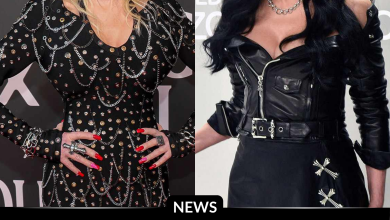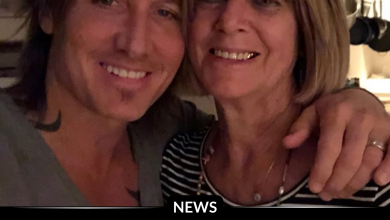Henry Cavill Was Ready to Leap 30,000 Feet — Until Tom Cruise’s 7-Word Warning Stopped Him Cold
OPINION: This article may contain commentary which reflects the author's opinion.
When you star alongside Tom Cruise in a Mission: Impossible film, you quickly learn that the legendary actor’s commitment to performing his own death-defying stunts is second to none. It’s not just Cruise who faces the hair-raising challenges; his co-stars also endure intense training and often tackle their own pulse-pounding sequences. But for Henry Cavill, playing the villain August Walker in Mission: Impossible – Fallout, one iconic stunt was off-limits—thanks to a simple but stern warning from Cruise himself.
Cavill, already known for his physical prowess as Superman, was eager to prove himself as an action star in his own right. Unlike the wire-work-heavy scenes in the Superman films, Mission: Impossible demanded raw, on-location stunts. Cavill dove headfirst into fight training, tackling brutal brawls in a Paris nightclub bathroom and a dramatic clifftop showdown. He even spent two weeks clinging to the side of a helicopter in freezing conditions, firing machine guns while battling subzero winds.
But when it came time to film the movie’s most jaw-dropping stunt—the infamous HALO jump—Cruise had to put his foot down. The stunt involved leaping from a Boeing C-17 Globemaster III military cargo plane at a staggering altitude of 25,000 to 30,000 feet. Cruise performed the jump an astounding 106 times, undergoing rigorous preparations such as inhaling pure oxygen for 20 minutes before each jump to avoid decompression sickness. The stunt was so technically demanding that only three takes made it into the final film.
Filled with excitement and confidence, Cavill approached Cruise, insisting he should join the jump. After all, his character jumps first in the film—why shouldn’t he perform the stunt as well? “The day came and I was begging Tom, ‘I’m wearing a parachute, I’ve got some wind tunnel training, surely I can just jump?’” Cavill recalled with a smile.
Cruise, ever the seasoned professional, met Cavill’s enthusiasm with a sobering reality check. “Henry, I know exactly how you feel. I get it, you’ve done every single stunt in the movie so far, but this one, I can’t let you do. It needs specific training,” Cruise said with sincere authority.
In other words: this wasn’t a controlled studio environment where Cavill’s prior experience would suffice. This was an extreme, life-or-death maneuver requiring specialized expertise. Realizing the gravity of the situation—and the possibility that an untrained jump could result in tragedy—Cavill relented. “The idea of ‘I’m the guy that killed Tom Cruise’ after how many years of this franchise? I was like, ‘OK, fine. I’ll sit this one out, Mr. Cruise.’”
That seven-word warning stopped Cavill cold—and underscored the incredible dedication and caution behind the franchise’s breathtaking stunts. In the end, Cavill’s decision to heed Cruise’s advice preserved the safety of everyone involved—and added another unforgettable chapter to Mission: Impossible lore.



